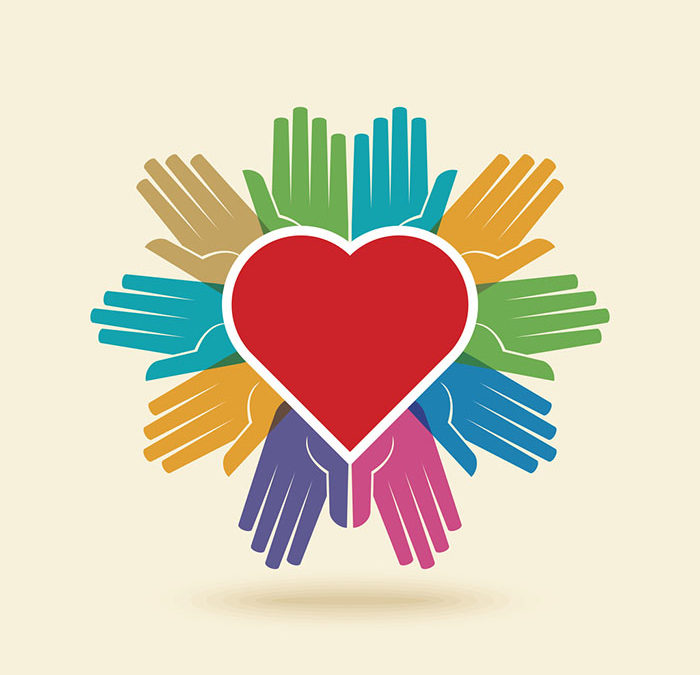
Interprofessional Education and Practice: Implications for Public Health
Have you ever heard the phrase, “Two heads are better than one”? Well, it’s now a proven fact that working with others to resolve an issue is more productive than trying to figure it out on your own.
Professional fields, such as public health, value intradisciplinary teamwork as well as interdisciplinary teamwork. Through collaboration, innovation often emerges to address complex health issues.
But why does this matter for public health as compared to other fields? Let’s take a step back to understand what health actually is.
WHO’s Definition of Health Goes beyond Mere Physical Health
One of the first things we learn in the field of public health is the definition of health. In its 1948 constitution, the World Health Organization (WHO) defined health in its broader sense as “a state of complete physical, mental, and social well-being and not merely the absence of disease or infirmity.”
This definition takes a holistic view of health, not just the absence of bodily diseases. It implies that health encompasses multiple layers, such as one’s social well-being.
The Relationship of Health and Multiple Influences on Health
How does this definition of health align with the influences on health as described in the socio-ecological framework? The socio-ecological framework illustrates that there are multiple levels of influences on our health, ranging from:
- Intrapersonal/individual factors (genetics)
- Interpersonal factors (culture, family and values)
- Organizational factors (faith-based organizations, schools and community organizations)
- Community influences (neighborhood and healthcare)
- Public policy (laws, media and the food industry)
These influences extend beyond the core public health disciplines of behavioral science/health education, biostatistics, environmental health, epidemiology and health services administration. As public health practitioners, our need to learn and collaborate with other disciplines is paramount.
For instance, interprofessional education and practice can work together to address a specific public health issue like obesity.
Interpersonal Factors
Parents and other family members can influence a child’s dietary habits and physical activity. A public health practitioner can consider these collaborations as opportunities.
- How can we work with social workers to understand family dynamics and intervene to promote healthy habits?
- What is the role of sociologists, psychologists or anthropologists in understanding culture and values contributing to healthy habits?
Organizational Factors
Access to fresh fruits and vegetables can influence one’s ability to eat healthy and prevent obesity. A public health practitioner interested in addressing obesity trends in a particular community ought to consider the following:
- How can we work with local schools to incorporate a school garden, so that children learn how to grow healthy fruits and vegetables?
- What is the role of local religious leaders in promoting healthy lifestyles in their houses of worship?
Community Influences
“Place” matters as the PBS series “Unnatural Causes” eloquently shows. Where an individual lives, works or plays either limits or promotes opportunities for healthy habits (e.g. safety of neighborhoods or easy access to healthy food options).
- How do public health practitioners work with local/city officials and law enforcement to address security issues or other matters affecting healthy activities, like walking or running?
- What is the role of parks and recreation services in ensuring amenities for healthy lifestyles?
Public Policy
Easy access to health care services is a well-known contributor to healthy behaviors. Access to health and health insurance is aligned with socio-economic status. Lower socio-economic status also correlates with obesity trends (for example, cheaper food products are often high in calories and less nutritious).
- How does a public health practitioner work with policy makers to address access to healthy foods for lower socio-economic groups?
- How can we work with the food industry to address childhood obesity?
Even if you are not a public health practitioner, I encourage you to think about how what you do can affect the health and well-being of individuals, communities, nations and the world. Consider also what you can do to support public health initiatives to promote wellness and prevent diseases at all levels of influence, according to the socio-ecological framework.



